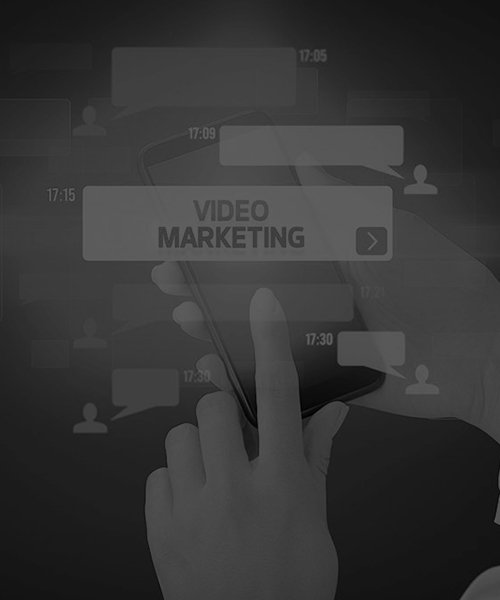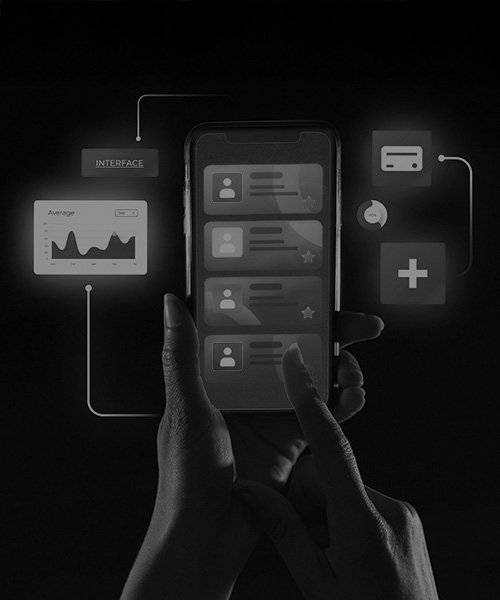
March 28, 2025
7 Social Media Marketing Trends to Watch in 2025

March 28, 2025
Social media isn’t just evolving—it’s undergoing a revolution. By 2025, platforms will prioritize community-driven engagement, hyper-personalized AI, and immersive commerce. According to McKinsey’s 2024 Consumer Behavior Report, 72% of users now prefer brands that engage in authentic, two-way conversations over traditional advertising. Meanwhile, Gartner’s 2024 Hype Cycle for Digital Marketing predicts that brands failing to integrate AI-driven insights will lose 30% of their market share by 2025.
Here’s how to stay ahead, backed by data from Hootsuite, Sprout Social, Meta’s 2025 Trend Outlook, and more:
1. AI-Driven Content Creation: From Personalization to Predictive Storytelling
AI isn’t just automating content—it’s predicting what audiences crave. Salesforce’s 2024 State of Marketing Report reveals that 68% of marketers using generative AI tools (like ChatGPT and Jasper) saw a 40% increase in engagement by tailoring content to micro-segments.
Why it matters: Platforms like TikTok now prioritize AI-optimized content in their algorithms. For example, Adobe’s 2024 Creative Trends Report found that posts using AI-generated dynamic captions saw 2x longer watch times.
Actionable Insight: Use tools like Copy.ai to A/B test hyper-localized messaging (e.g., “How Chicago’s Winter Storms Inspire Our Coffee Blends”).
2. Video Commerce: The $1.2 Trillion Social Shopping Boom
By 2025, eMarketer predicts social commerce will drive 35% of all online purchases, with video leading the charge. Platforms like Instagram and TikTok are merging entertainment and shopping—TikTok Shop alone grew 220% YoY in 2024.
- Why it matters: Meta’s 2025 Trend Outlook notes that 58% of Gen Z users skip ads but engage with shoppable videos.
- Actionable Insight: Partner with creators to design “unboxing” live streams. For example, Glossier’s 2024 holiday campaign used TikTok LIVE to demo products in real-time, driving a 50% spike in same-day sales.
3. Interactive Content: Gamification Meets Data Harvesting
Static posts are dead. Sprout Social’s 2024 Engagement Report found that polls, quizzes, and AR filters boost comments by 90% and provide rich first-party data.
- Why it matters: LinkedIn’s algorithm now prioritizes interactive posts, with carousel content seeing 3x more shares.
- Actionable Insight: Launch “Choose Your Adventure” stories on Instagram (e.g., Nike’s “Design Your Sneaker” quiz drove 500K leads in Q1 2024).
4. Social Listening 2.0: Predictive Sentiment Analysis
Forget tracking mentions—2025 is about predicting crises and trends. Brandwatch’s 2024 Social Listening Study shows brands using AI sentiment tools reduced reputational risks by 65%.
- Why it matters: Reddit’s IPO and Discord’s rise mean niche communities now shape mainstream trends.
- Actionable Insight: Use AIM Insights to identify emerging slang or memes (e.g., Wendy’s tapped into “girl dinner” trends to boost engagement by 120%).
Example: Tools like AIM Insights and Brandwatch offer real-time sentiment tracking and AI-powered analytics, enabling businesses to understand public perception and analyze market trends effectively. By leveraging social listening, brands can proactively engage with customers, optimize marketing strategies, and gain a competitive edge.
5. Micro-Influencers: The Trust Economy’s Secret Weapon
Later’s 2024 Influencer Marketing Report found nano-influencers (1k–10k followers) deliver 8x higher ROI than celebrities. Why? Authenticity.
- Why it matters: TikTok’s “For You” page now prioritizes relatable creators over polished celebs.
- Actionable Insight: Partner with nano-influencers for “day-in-the-life” takeovers. Chipotle’s 2024 “Burrito Builders” campaign with college food bloggers drove a 25% surge in app downloads.
Example: Brands are partnering with micro and nano influencers to create genuine, relatable content that resonates with their target audience. This approach fosters greater trust and engagement, leading to higher conversion rates and stronger brand loyalty.
6. Augmented Reality (AR): From Gimmick to Growth Engine
Snapchat’s 2024 AR Report states that 80% of users interact with AR daily, and brands leveraging AR see 4x higher conversion rates.
- Why it matters: Instagram’s new AR ad formats let users “try before they buy” in-feed.
- Actionable Insight: Launch AR filters tied to cultural moments (e.g., Sephora’s “Festival Glow” filter during Coachella drove a 30% lift in sales).
Example: Sephora’s Virtual Artist allows customers to virtually try on makeup products using their smartphones, enhancing the shopping experience and driving sales. As AR technology evolves, expect to see more brands integrating AR features into their social media strategies to create unique and engaging experiences for their audiences.
7. Sustainability & Social Responsibility: The Algorithm’s New Priority
Edelman’s 2024 Trust Barometer shows 64% of consumers boycott brands that ignore social issues. Meanwhile, LinkedIn’s algorithm now boosts ESG-focused content by 40%.
- Why it matters: Greenwashing is dead—platforms like Pinterest verify sustainability claims.
- Actionable Insight: Turn CSR efforts into UGC campaigns. Patagonia’s “Vote for the Planet” challenge generated 1M+ pledges and 20% higher follower growth.
Conclusion: Building a 2025 Strategy That’s Human-Centric & Data-Fueled
The 2025 social media landscape rewards brands that blend AI precision with human creativity. Key takeaways:
Predict, Don’t React: Use AI to anticipate trends, not just track them.
Community > Campaigns: Prioritize niche communities (Reddit, Discord) over broad audiences.
Ethical Algorithms: Platforms will penalize inauthentic engagement—focus on trust.
As Forrester’s 2024 Social Media Forecast warns: “Brands that treat social as a megaphone, not a conversation, will vanish.” To thrive, rethink your strategy as a dialogue, not a monologue.
Ready to turn these trends into your 2025 success story? Let’s chat and co-create a strategy that’s as unique as your brand. Reach out to Par Marketing today!
FAQs
The social media marketing 7 Ps is an extended model of the conventional marketing mix. These are: Product, what you sell; Price, how you sell; Place, your distribution channels; Promotion, your message tactics, and the three additions: People, team and customers; Process, your systems; and Physical Evidence, your real world brand.
Social media is also no exception to the influence of the power of AI in the creation of content where they are equal partners and not just a tool. It does the mechanical work such as creating captions and writing narrative images, leaving the human creators to work on strategy, and originality. This enables a tremendous leap in efficiency and the reuse of long text into a series of small but informative and interesting posts.
By 2025, through Augmented Reality (AR) brands will be able to deal with fantastic, first-to-buy experiences directly in social media feeds, which will fuel engagements and purchases. Social listening would then help to track the chatter and attitude of such AR campaigns. This enables them to know instantaneously what connects with the audience and able to make immediate changes to their strategy.
Hyper-personalization at scale is the first trend in the social media marketing toward 2025. AI tools are currently advanced enough to track the behavior and preference of particular users in order to provide hyper-personalized content and advertising. This makes all content to be seen as relevant and also unique to the individual viewing the material and thereby significantly increases engagement and conversion rates.
Predictive social listening is the new direction that social listening has been taking. It does not wait to only respond to ongoing discourse but through AI and machine learning, reviews past trends and emergent discursive patterns before the same are normalized. That is significant as it provides brands with such a critical competitive advantage that enables them to predict changes on the market, respond to possible crises, and develop timely and trendsetting content that makes brands seem to be the leaders in their industries.
March 28, 2025
Recent Blogs





